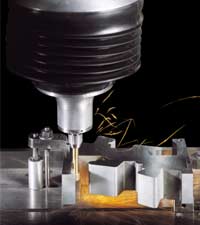brashear
Computer
- Mar 5, 2005
- 83
Hi,
I am designing and making an engine and as such several parts need to be hardened to reduce wear and increase strength. I don't have the capabilities to grind after heat-treating. One way I want to get around this is to use 17-4 PH aged to H900 (482 deg C for 1 hr). My questions are as follows:
-Does aging it to H900 cause any appreciable distortion in the part that would warrant grinding after heat treatment?
-How is the toughness and fatigue strength of H900 17-4PH compared to similar strength conventional heat treated steels? This engine will be used for maybe 100 hours.
I plan to use this material to make the valves, crankshaft, and cams. Thanks.
I am designing and making an engine and as such several parts need to be hardened to reduce wear and increase strength. I don't have the capabilities to grind after heat-treating. One way I want to get around this is to use 17-4 PH aged to H900 (482 deg C for 1 hr). My questions are as follows:
-Does aging it to H900 cause any appreciable distortion in the part that would warrant grinding after heat treatment?
-How is the toughness and fatigue strength of H900 17-4PH compared to similar strength conventional heat treated steels? This engine will be used for maybe 100 hours.
I plan to use this material to make the valves, crankshaft, and cams. Thanks.

